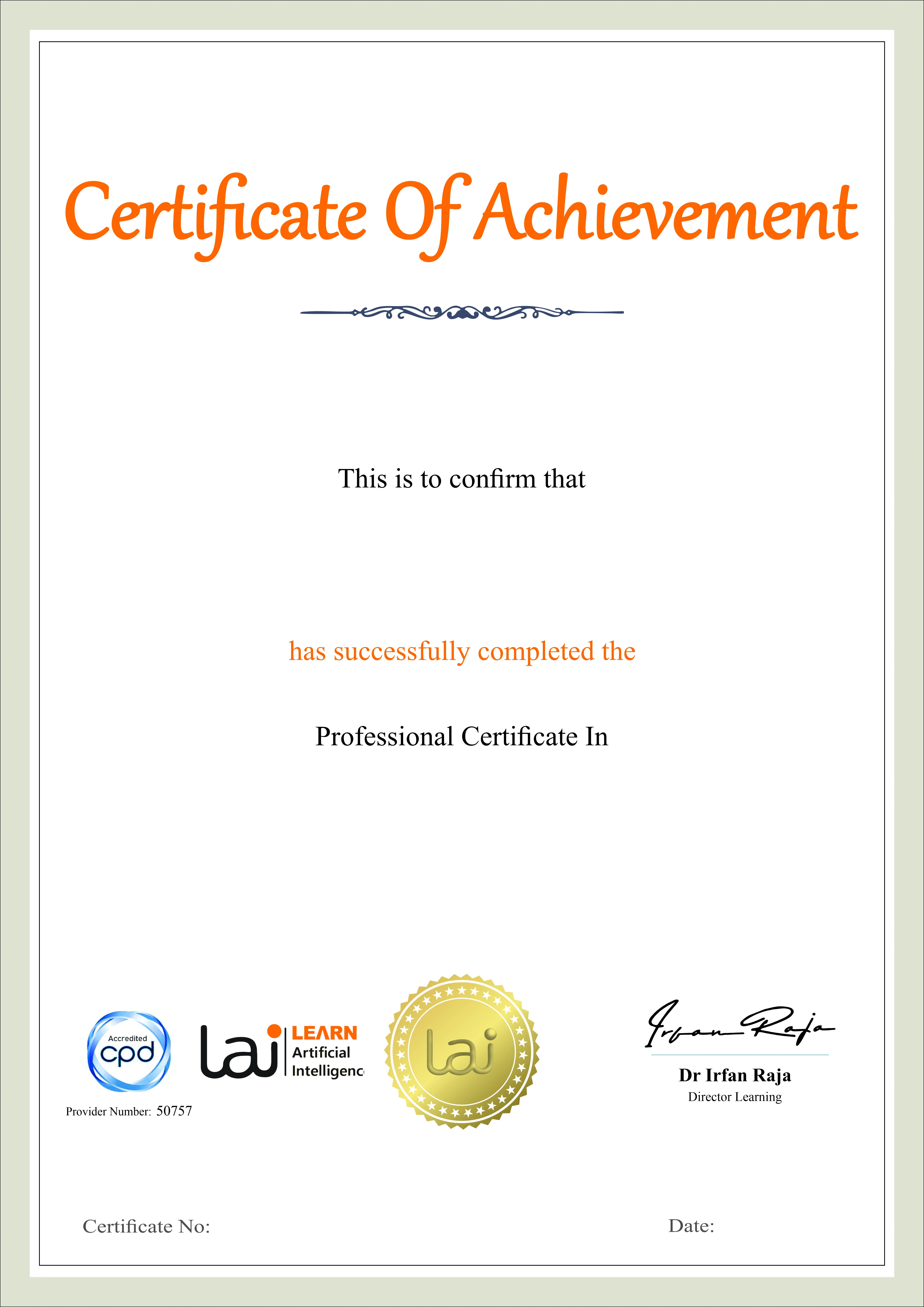The Dimensionality Reduction Techniques course is designed to demystify the core methods used to simplify datasets without losing critical information.
Dimensionality Reduction Techniques
As data continues to grow in complexity and size, managing high-dimensional datasets becomes a key challenge for data scientists, machine learning engineers, and AI practitioners. The Dimensionality Reduction Techniques course is designed to demystify the core methods used to simplify datasets without losing critical information. From the popular Principal Component Analysis (PCA) to advanced techniques like Auto encoders, this course guides learners through the mathematical foundations and practical applications of reducing data dimensions for faster computation and improved model performance.
You'll also explore how dimensionality reduction impacts tasks such as pattern recognition, noise reduction, and even the size decrease of image files in computer vision applications. With hands-on lessons and real-world examples, you’ll learn to choose the most appropriate reduction method for your specific project needs. Whether you’re preparing data for modelling or visualizing complex structures, this course empowers you with tools to manage and interpret large datasets efficiently.
This course is perfect for aspiring data scientists, AI engineers, researchers, and analysts who regularly work with high-dimensional data. It’s also ideal for professionals involved in computer vision, signal processing, or bioinformatics who need to reduce computational load while maintaining the essence of the data. A basic understanding of machine learning concepts and Python programming is recommended, but the course is designed to be accessible to motivated learners from various technical backgrounds.
Understand the principles and goals behind dimensionality reduction.
Apply key techniques like PCA, SVD, and t-SNE to simplify data structures.
Reduce the size of image datasets while retaining core visual features.
Explore and implement advanced algorithms like Auto encoders and ICA.
Select the best dimensionality reduction techniques for different machine learning problems.
Visualize high-dimensional data in 2D/3D for easier interpretation.
Preprocess and transform data for improved model performance.
-
Understand the concept of the "curse of dimensionality" and why reducing dimensions is critical in AI and machine learning.
-
Explore the mathematical foundation of PCA, eigenvalues and eigenvectors, and learn how to use PCA for feature reduction.
-
Dive into SVD and its role in compression and dimensionality reduction, especially in recommendation systems and image processing.
-
Visualize complex datasets using t-SNE for clustering and pattern analysis in fewer dimensions.
-
Discover how LDA maximizes class separability and improves classification accuracy by reducing data dimensions.
-
Understand ICA and its applications in signal processing and feature separation tasks.
-
Implement deep learning-based auto encoders for efficient unsupervised dimensionality reduction.
-
Compare techniques and evaluate them based on your specific dataset, task, and performance goals.
Earn a Professional Certificate
Earn a certificate of completion issued by Learn Artificial Intelligence (LAI), accredited by the CPD Standards Office and recognised for supporting personal and professional development.

Key Aspects of Course

CPD Accredited
Earn CPD points to enhance your profile

Free Course
This course is free to study

Self-Paced
No time limits or deadlines

Flexible & 24/7 Access
Learn anytime, anywhere

Build In-Demand Skills
Get job ready

Updated AI Skills
Stay current with AI advancement

Global Learning
Accessible Worldwide

Premium Materials
High-quality resources

Employer Approved
Boost your career prospects



